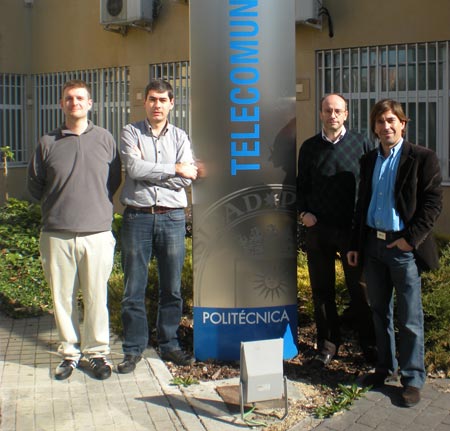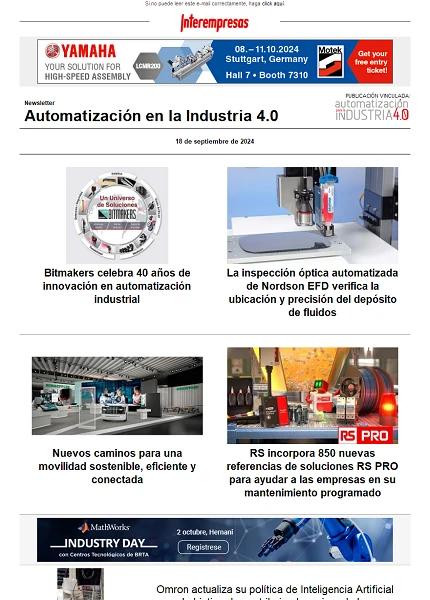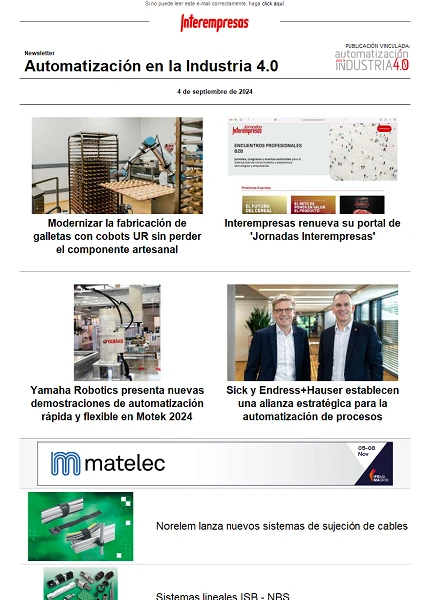Interview to María Angels Villegas, scientific headline of the Upper Council of Scientific Investigations (CSIC)
14 March 2011

What kind of materials can be threatened by a polluted environment?
Many of the materials with historical and patrimonial interest are very sensitive to the polluted environments. I would say that the majority of them: paper and its derivatives (parchment, papyrus...); textiles, metals and alloys, glass or porcelain. And also the organic, of course, as the leather or the pigments in the pictorial layers.
And what kind of attacks can threaten a work of art?
The relative humidity of the air combined with a series of pollutant gaseous acidic features found in this usually, especially in urban and industrial areas. The combination of the water with these oxides gives rise to strong acids such as sulfuric acid.
The acid rain?
Yes, it is formed when you combine the humidity with CO2. Then form small droplets of sulfuric acid, deposited on the surface of materials, they give rise to chemical reactions of degradation and destruction of the material. This occurs even with apparently strong like stone and glass materials.
Sometimes the enemy is at home...
His team has developed the first device in the world able to measure the pH in the air. Why is their control it so important to?
A low or acid pH is a large concentration of H + ions, which are those that catalyze many reactions of degradation. The pH of the air in a rural or clean zone of clean air, with little traffic or burning and smoke often hang between 6.5 and 7, i.e., a neutral value.
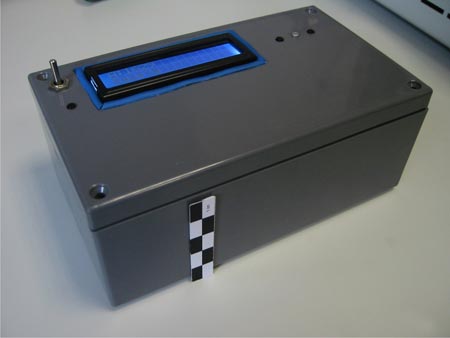
The first sensor of environingingmental acidity
Up to now anybody had been able to create a device that could measure the acidity of the air. The pH, from a chemical point of view, is a concept in dissolution. It associates to a liquid, to molecules of water or of some dissolvent.“I expanded this concept, and considered the air like a dissolution very, very diluted of water (relative humidity). So I proposed me develop an able device to attract the pH that contain the microgotas of present water in the air”, explains Villegas. The problem rooted in designing something that was sensitive to something so subtle.
The patent that finishes to present the CSIC, jointly with the Polytechnical University of Madrid, includes a prototype of telemedida, in addition to the sensor, that splits of another investigation that Villegas already patented in 2006, after 8 years of work. The scientist has confirmed the interest of a company in developing the patent with the purpose to apply it in the conservation of the heritage built.
How works
The sensor of environingingmental acidity consists of a very thin film of 100 to 300 nanómetros of thickness deposited on of a carries of common glass. This layer, the sensitive and sensora of the device, changes of colour if it changes the acidity in the environingingment.
This sensor can adapt according to the needs. “It is not the same a device to control the acidity of the interior of a vitrina of manuscripts in a museum, that the one who could require the exit of the nozzle of a chimney in an industry”, explains the doctor. These devices can install in the different rooms of a museum, in palaces, libraries and, even, in external spaces. Sometimes it is difficult for the human eye appreciate a change in the colour of the sensor. Thus, the CSIC has developed a prototype, a small team of telemedida that detects cuantitativamente these variations of colour. “It is able to transform the change of colour of the sensor by small or imperceptible that result in sight in an electrical signal, that can transmit inalámbricamente to a PC”. Like this, the sensor could alert of the possible alterations of acidity through acoustic signals or warning through a SMS.

And in the big city?
In Madrid, for example, the pH varies greatly depending on the area. In the Centre of the city we can have values of 5 or 5.5. However, in a small town in the sierra de Madrid, a few 30 kilometers from the Puerta del Sol, this data can reach 6.8.
And that acidity enters buildings...
If a Museum, for example, do not have air filtration systems or a special control of vents, that air of the street entered. What we breathe the same people.
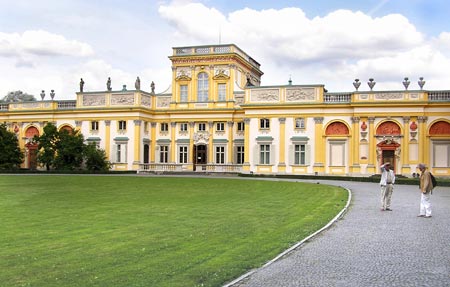
The humidity of the Wilanów Palace
The Wilanów Palace in Warsaw is a Baroque, considered 'The Polish Versailles' construction and one of the historical buildings most important and emblematic of the country. The team of Dr. Villegas has been a year monitoring the interior of the Palace of the Polish capital, bathed by the River Vistula River. The scientist of the CSIC argues that the dampness there are very high. In Madrid we have an average relative humidity of 40 or 50% or, even, the 30 or 35 in the summer." In Warsaw, the minimum is 60% "." Dried air that enters the Museum or control ventilation with air in the street with a series of filters. The acidity is formed by the combination of moisture and air pollutants acidic species. If we lowered the first, minimizing the risk. "If we purificamos the air, in other words, if we eliminate these species, also".
What happens when the sensor warns of high acidity?
Once determined the pH of the environment it is up to the charge of the conservation of works, whether sculptures, books, paintings, lamps, ornamental parts, lamps, stained glass or entire buildings, take steps to mitigate their effects. One of the first actions is to control the humidity of the room or building, provided will not suffer the conservation of the exposed materials.
And to control the moisture does not already exist the hydrometers?
A hydrometer measures the moisture in the atmosphere, but does not offer information on pollutants acidic species that could, with the humidity, produce assaults in materials.
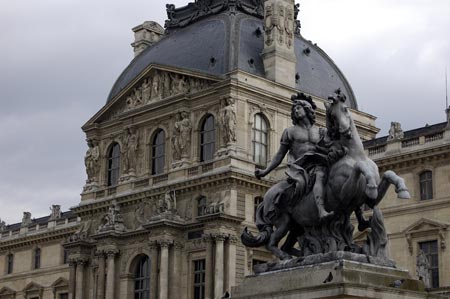
What other applications might this sensor have?
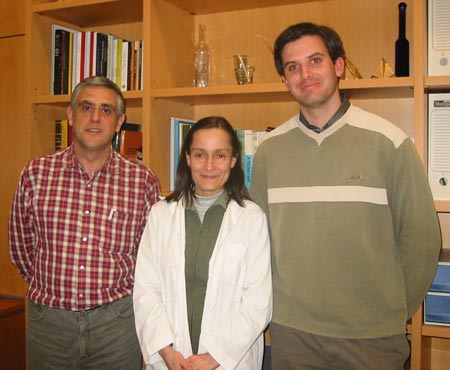
Chemistry and conservation of the historical heritage
Dr. Maria Angeles Villegas, a degree in inorganic chemistry, is scientific titular of the Consejo Superior de Investigaciones Científicas (CSIC) since 1990. She was 17 years aimed at the Institute of ceramics and glass, and 7 years in the National Centre for metallurgical research. From the month of July 2007, he develops his research work in the Institute of history, specifically in the Centre of social and human sciences in a multidisciplinary team that integrates chemists, engineers and archaeologists, which focuses on the preservation and conservation of our heritage.
Thus, his team has studied the stained glass windows of the Cathedral of León, Vitoria and Sevilla of the Carthusian monastery of Miraflores and the monastery of San Juan of the Reyes de Toledo, among other buildings, as well as the behavior and been the metal of the railway station of Aranjuez and of Atocha. "The materials are suffering serious problems of degradation and, even, corrosion, in the case of metals." "Therefore it is very important to establish the physicochemical that corrosion mechanisms because if we know them, we will know how to stop its deterioration", explains Dr.
Program Geomateriales
Villegas team participates in the Geomateriales of the Madrid agenda, coordinated by Rafael Fort, dedicated to the study of the conservation of the built heritage.
